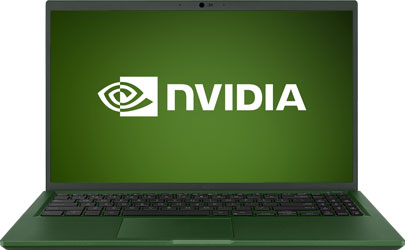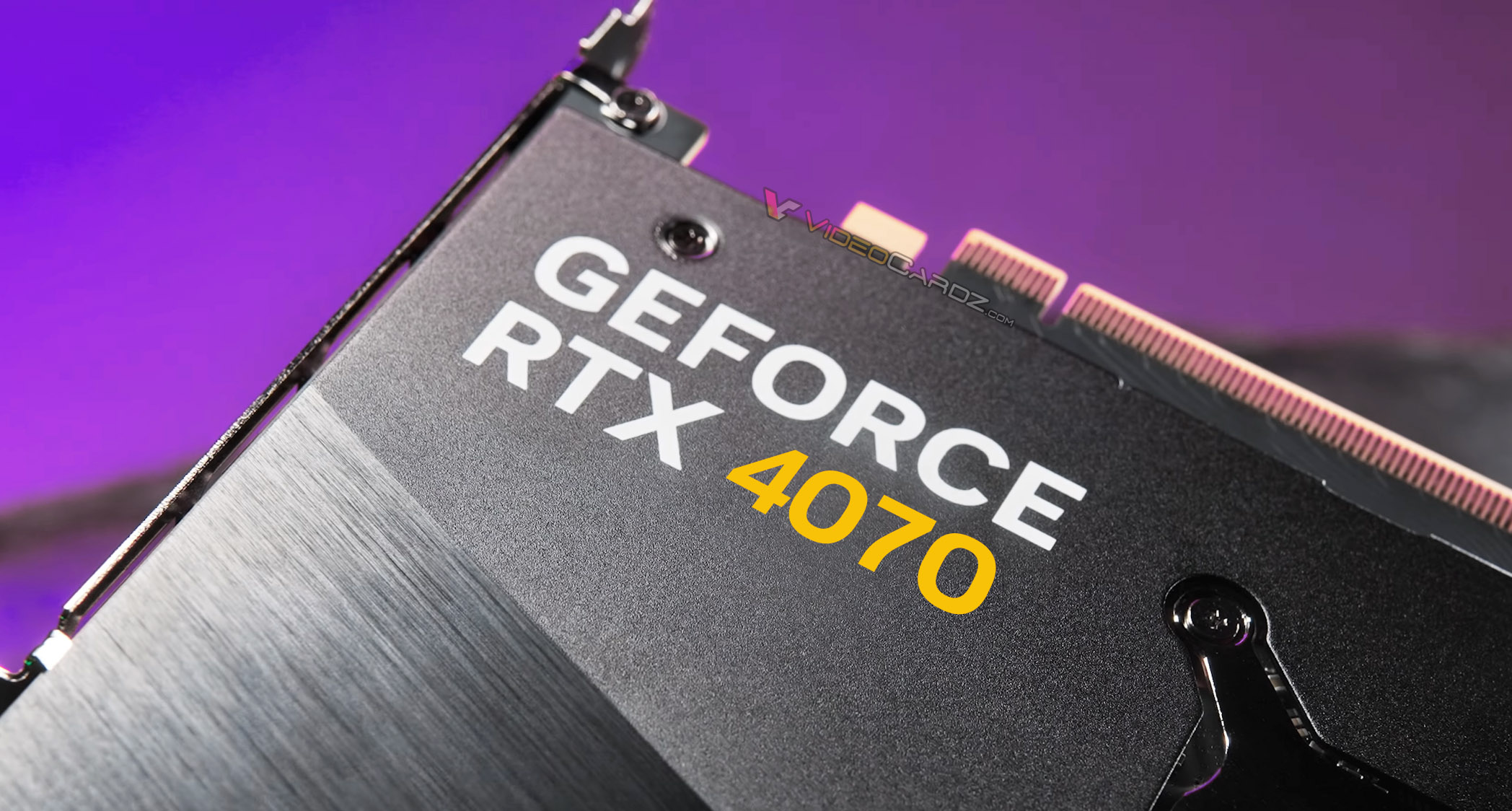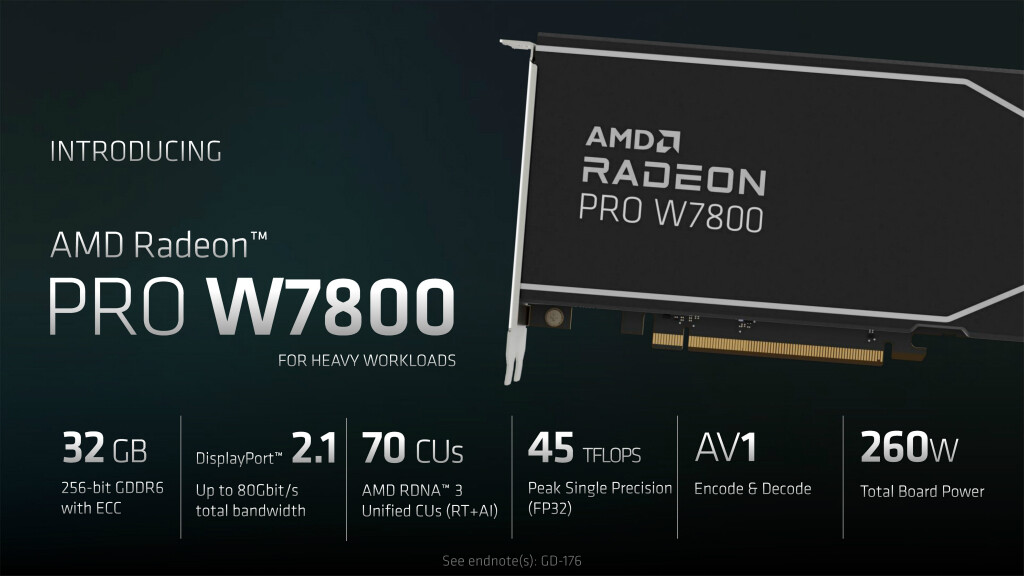I think it's to do with the memory bus specs.
Looking at these 8 and 12gb models:
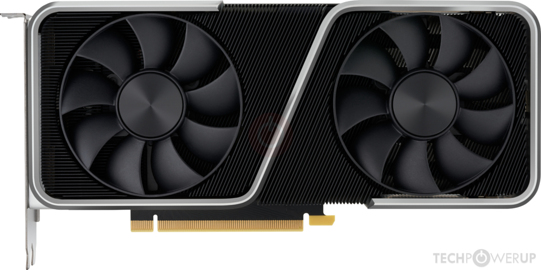
 www.techpowerup.com
www.techpowerup.com
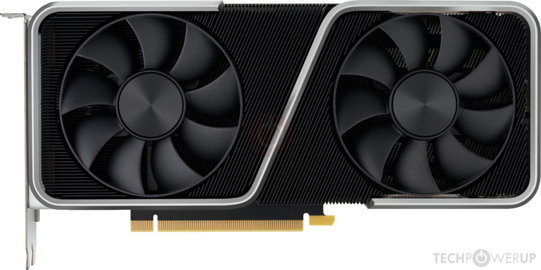
 www.techpowerup.com
www.techpowerup.com
they basically have to use a higher bandwidth bus for the card with higher amounts of VRAM. They'd rather not as these were considered mid range GPU dies (same core config for both), these days well suited to gaming at 1080p, but struggling a bit at 1440p.
The bit that is most worthy of criticism, is the 128 bit bus on the RTX 3060 with 8GB VRAM. Combined with 15gbps GDDR6, it's likely limiting the card's performance at 1440p.
A 128 bit bus design was quite common for older cards, and would use fewer components. There was a shortage in DRAM and semiconductor components in 2021 and 2022, I guess they thought it would be better to produce a higher number of graphics cards with 8GB VRAM + 128 bit bus designs, than 192 bit.
This year, there is an oversupply of DRAM components, according to this:
https://www.theregister.com/2023/02/04/semiconductor_market_bubble/
So I don't expect we will see the same kind of economising measures that we saw in 2022, for DRAM. For one thing, Nvidia knows quite a lot of PC gamers will only buy graphics cards with high VRAM amounts, it has become part of the marketing for graphics cards.
In January, TSMC reported an 'imbalance' of chips, stating that 'it will take until the first half of 2023 to rebalance inventories to 'healthier levels''.
https://kr-asia.com/chip-glut-to-last-most-of-2023-while-automotive-crunch-persists
Looking at these 8 and 12gb models:

NVIDIA GeForce RTX 3060 12 GB Specs
NVIDIA GA106, 1777 MHz, 3584 Cores, 112 TMUs, 48 ROPs, 12288 MB GDDR6, 1875 MHz, 192 bit

NVIDIA GeForce RTX 3060 8 GB Specs
NVIDIA GA106, 1777 MHz, 3584 Cores, 112 TMUs, 48 ROPs, 8192 MB GDDR6, 1875 MHz, 128 bit
they basically have to use a higher bandwidth bus for the card with higher amounts of VRAM. They'd rather not as these were considered mid range GPU dies (same core config for both), these days well suited to gaming at 1080p, but struggling a bit at 1440p.
The bit that is most worthy of criticism, is the 128 bit bus on the RTX 3060 with 8GB VRAM. Combined with 15gbps GDDR6, it's likely limiting the card's performance at 1440p.
A 128 bit bus design was quite common for older cards, and would use fewer components. There was a shortage in DRAM and semiconductor components in 2021 and 2022, I guess they thought it would be better to produce a higher number of graphics cards with 8GB VRAM + 128 bit bus designs, than 192 bit.
This year, there is an oversupply of DRAM components, according to this:
https://www.theregister.com/2023/02/04/semiconductor_market_bubble/
So I don't expect we will see the same kind of economising measures that we saw in 2022, for DRAM. For one thing, Nvidia knows quite a lot of PC gamers will only buy graphics cards with high VRAM amounts, it has become part of the marketing for graphics cards.
In January, TSMC reported an 'imbalance' of chips, stating that 'it will take until the first half of 2023 to rebalance inventories to 'healthier levels''.
https://kr-asia.com/chip-glut-to-last-most-of-2023-while-automotive-crunch-persists
Last edited:



